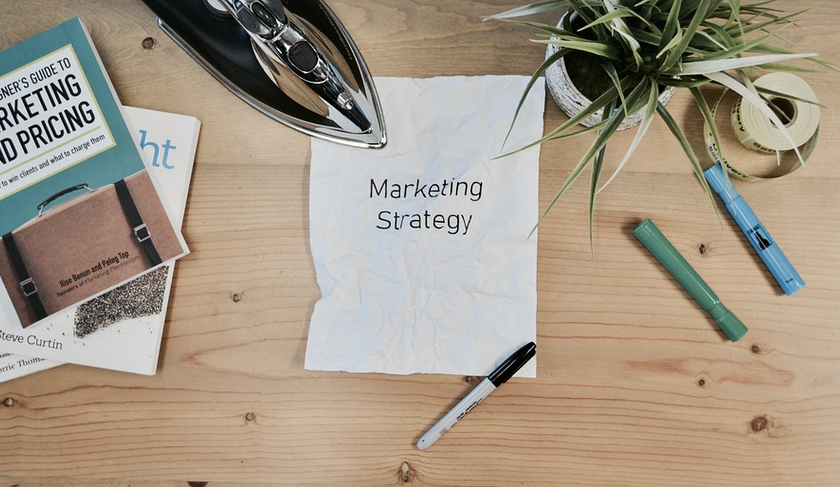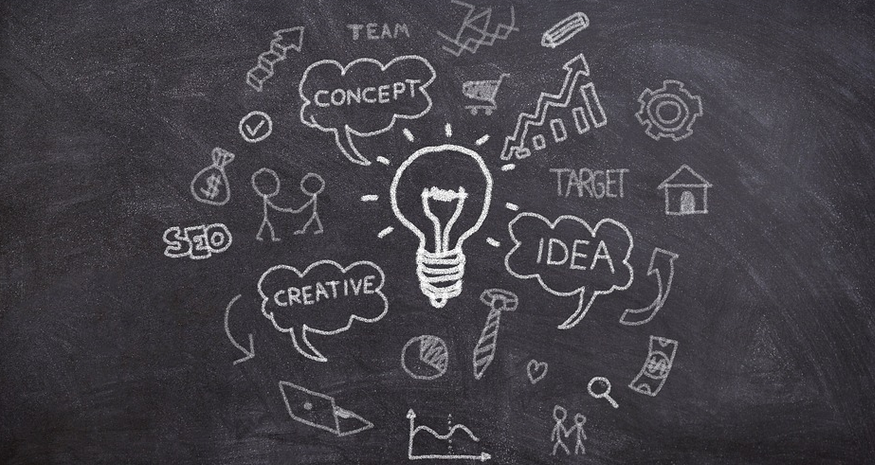Unlocking the Funding Puzzle
Think of a grant proposal as your ticket to funding paradise. Think of it as a carefully crafted dream, where you outline your project’s potential impact and how you intend to execute it flawlessly. And just like any successful journey, you need a solid plan for your budget – because money talks!
Creating a winning grant proposal isn’t simply about crafting an exciting narrative; it requires a meticulous budgeting approach. This approach ensures that your project aligns with the funding guidelines and demonstrates its financial viability. It’s also crucial to ensure you don’t miss out on any relevant expense categories.
Step-by-step Budget Example: A Practical Guide
Before you dive in, let’s explore a practical example of how a budget might look for a community garden project aiming to empower underprivileged youth. This is where your creativity shines!
Community Garden Project Example
Let’s picture this: we’re building a community garden in a low-income neighborhood, aiming to empower underprivileged youth through gardening and sustainable living. This project will not only contribute to food security but also offer youth valuable life skills and mentorship opportunities.
Our budget, based on this vision, can be broken down into the following key areas:
- Land Acquisition & Improvement: $5,000
- Compost and Soil Delivery: $1,000
- Seeds, Crops, and Gardening Supplies: $2,500
- Equipment (Tools, irrigation): $3,000
- Youth Mentors and Training: $1,000
- Marketing & Community Outreach: $500
- Insurance & Legal Fees: $500
To get a better understanding of how to create your own budget, let’s examine some key considerations for each expense category:
Budgeting Considerations
Building your grant proposal budget requires close attention to detail. Think of it as creating a roadmap that outlines the project’s financial requirements. Here’s how to approach different categories:
* **Personnel and Labor:** This usually includes salaries for staff, volunteers, or interns. Consider the time commitment required for each role, especially if you’re seeking funding for a longer-term project.
For instance, think about hiring a part-time coordinator to manage garden activities, events, and communication with participants.
* **Materials and Supplies:** This category encompasses essential items like soil amendments, seeds, tools, irrigation systems, and anything else directly related to your project’s implementation.
Don’t forget about the importance of quality over quantity. Invest in durable planting materials and sturdy equipment to ensure their longevity.
* **Project Development:** This category often involves initial research and planning before implementing the actual project. You may have allocated funds for travel, surveys, or consulting fees to develop your program.
For example, if you need data collection on local food security and gaps in resource access, this could be an area where you might request funding.
* **Marketing & Outreach:** This category covers the cost of promoting your project to potential funders, participants, and stakeholders.
Think about creating a website, organizing workshops for community members, or even reaching out to local organizations for support.
The Impact of Your Budget
Remember, your budget needs to tell a story – a story of your project’s impact on the community and how it aligns with the grant’s objectives. A detailed budget will not only demonstrate that you are financially prepared but also clearly articulate the project’s value.


